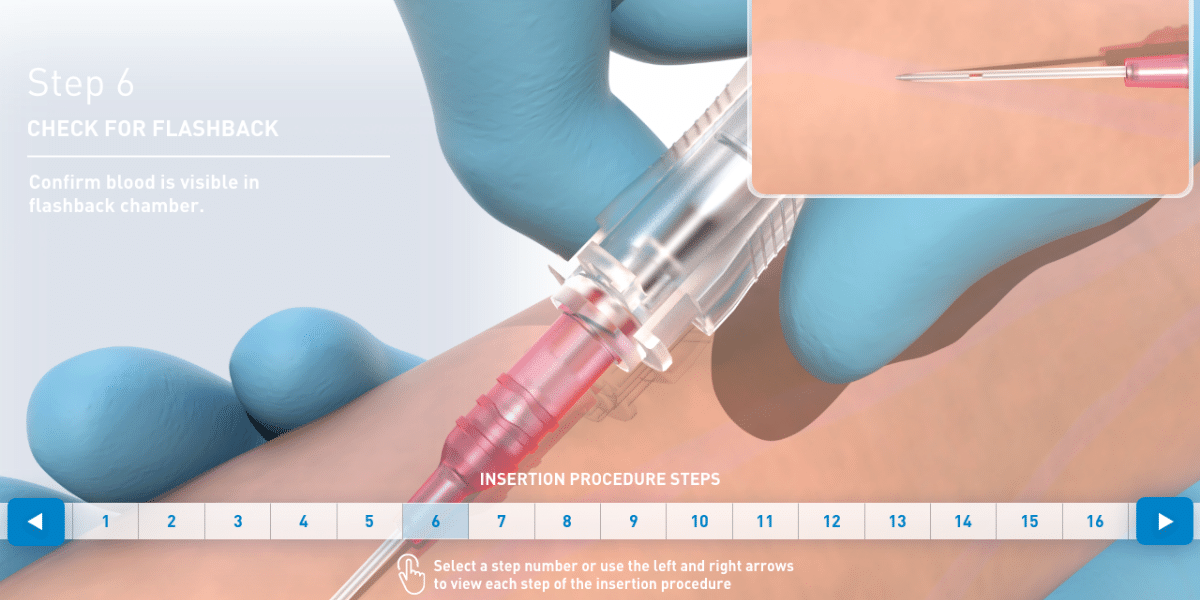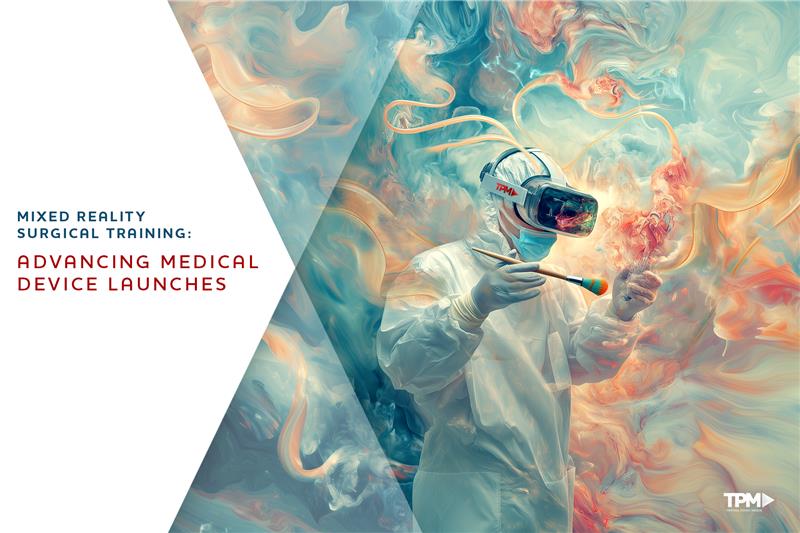Over the years, medical education has gone through tremendous changes. The concern for patient safety, like medical injury, is one of the reasons for the changes. Medical malpractice is when a patient gets injured because of a mistaken diagnosis from nurses, doctors, and hospitals.
Healthcare providers face significant challenges since they have different kinds of responsibilities. Everything they do has an impact on the quality of life of patients. Healthcare providers have to ensure they are up to the task and must be well-trained and confident.
It is crucial for healthcare providers to remain up to date with the latest technologies in the healthcare sector. Fortunately, everyone can access the best resources through medical simulation. There is an increase in the use of medical simulation in the healthcare sector. Here is everything you need to know about medical simulation.
What is Medical Simulation Training?
Medical simulation is a modern technology used in training healthcare professionals. It is also known as healthcare simulation, patient simulation, or clinical simulation. With medical simulation, learners can engage in activities that would have been too dangerous.
It offers numerous benefits to improve practitioners’ competencies, which improves patient safety. Medical simulation can emulate changing conditions and allow clinicians to learn what to do and what not to do.
With medical simulation technology, HCPs can learn vital skills by simulating procedures on virtual patients. Learners can also practice without the fear of causing harm to patients or damaging medical equipment.
Simulation training allows learners to understand the steps to take before they proceed to advanced techniques. Simulation training helps healthcare providers learn the right angle to insert a syringe when drawing blood and the correct position of the transducer when doing an echocardiogram.
Virtual training enables healthcare providers to have a better sense of how the actual procedure feels before they can do it in real life. There is no better way for learners to understand the challenges of learning. Healthcare simulation prepares learners for difficulties or performing complex procedures.
Learners can fail without risk and have the freedom to make mistakes when learning. Simulation offers learners experience at different levels, so they are ready to perform actual procedures for the first time.
Seasoned practitioners can also use simulation every day. There are emerging medical and dental technologies. Established healthcare providers can develop new skills and keep learning to stay up-to-date.
Web-based simulation provides learners with endless opportunities for professional development. The technology allows learners to practice at any time and at their pace, focusing only on the essential skills.
Advantages of Using Medical Simulation in Learning
Medical simulation training is one of the ways to improve clinical competence. The training offers numerous benefits which improve medical practice and reduce healthcare costs. The goal of medical simulation is to improve patient outcomes. Here are some of the benefits.
Easy and Accessible Learning Opportunities
Learning in the healthcare industry is done using the apprenticeship model. Learners will encounter situations along their practice to ensure they are competent in their fields. However, such a method of learning puts everyone at a disadvantage.
With simulation, learning experiences that cannot be obtained in real life become possible. Learners will get knowledge in action, effective communication, decision-making, and procedures. It will be easy to teach learners to coordinate under stress and manage high workloads. Clinical situations can be portrayed at convenient times.
Learners Get the Freedom to Learn From Their Mistakes
Learners who use medical simulation can freely learn from their mistakes without going through intervention to prevent causing harm to patients. Once learners know the mistakes they have made, they’ll get powerful insights on how to make them right.
It is Possible to Customize the Learning Experience
Medical simulation can be used to treat novice and experienced learners. It will give beginners the confidence to work on demanding parts of care. Experienced learners can continue to grow new technologies without putting patients at risk. Established clinicians are unable to get enough practice for rare diseases and complex procedures, thus, medical simulation helps in closing that gap.
Detailed Evaluation
The pace of actual healthcare operations does not allow the best evaluation of how learners can improve performance or why things took place. However, with medical simulation, it is possible to track learners’ movements in the simulation. Task simulators get information on what the learner is doing.
Who Benefits from Medical Simulation Training?
Everyone can benefit from medical simulation. In the same way that no two patients are the same, learners are also not the same. Healthcare providers have unique learning needs, and simulation can meet such needs. Hands-on practice allows learners to do what they have been taught. Without healthcare simulation, learners won’t get an opportunity to practice the necessary skills. Instructors are not enough to give learners the skills they require.
Medical simulation is also adaptable and allows learners to customize technology to suit their learning needs. There are four learning approaches: learning by studying graphics, learning by reading, learning by doing, and learning by listening. Healthcare providers can learn better with a style that best suits them, and no learner can fit into any one style. They’ll learn through different methods that engage parts of their brain.
What is working at one learning stage may not work at another stage. Medical simulation is robust in medical training, and it uses the principal learning strategies to meet the needs of learners at every learning stage. Learners have the opportunity to use 3D models and 2D images to read the assessment explanations and watch the procedures and practice them in real-time.
Learners can learn at their pace and study a particular procedure or skip to advanced levels.
Conclusion
Whether you are working or studying in any healthcare sector, your success depends on keeping your knowledge up to date. Virtual simulation allows you to learn from the best. Medical simulation technology fits any skill level, learning preference, and professional goals.
It offers functionality, affordability, and flexibility. Medical simulation gives you the opportunity to master skills and important techniques without spending a fortune. Customized learning makes healthcare simulation meaningful. Get in touch with us for medical stimulation services.


![How Augmented Reality Packaging Is Transforming Pharma Sales [2025 Guide]](https://tipmedia.com/wp-content/uploads/2024/10/blog-ARpackaging-2.jpg)
